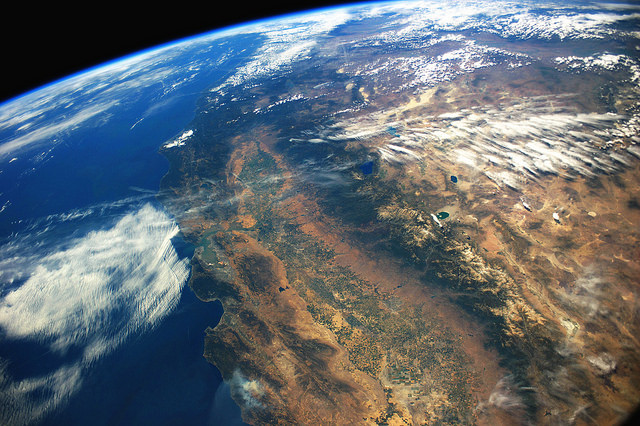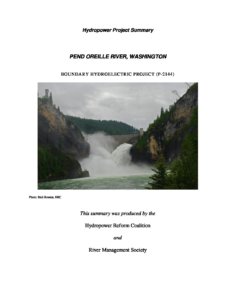A New Threat Looms over California – A Megaflood

It has become clear that there’s another threat looming just over the horizon for California – a mega-flood. A new study from Daniel Swain and Xingying Huang of UCLA provides dire modeling of how climate change will impact weather patterns throughout the state, with periods of unprecedented rainfall expected to increase in frequency and intensity in the years to come. There is no telling exactly when the event will occur, but the research has made it clear: the storm is coming.
This superstorm, often referred to as an atmospheric river, will put California’s flood mitigation infrastructure: levees, dams, floodplains and more to the ultimate test. Communities in the floodplains of the Central Valley are especially vulnerable and face the greatest risk from flood events that haven’t been witnessed in our lifetime. American Rivers has put together 3 key priorities to prepare for these drastic changes, inspired by an article published by the New York Times on August 12th.
1. Reconnect rivers to their natural floodplains
Over the past century, California’s rivers have been confined by levee construction and cut off from their historic floodplains. Our rivers have limited capacity to spread and slow flood flows, increasing the risk of levee failure and catastrophic flooding. Through connecting rivers to their historic floodplains, we make room for rivers to flow naturally during high flood events while replenishing groundwater aquifers and reconnecting wildlife habitat. These multiple benefits (or “multi-benefit”) , nature-based solutions are essential to landscape-level climate resilience and are a comprehensive natural solution to the impacts of anthropogenic climate change.
2. Invest in multi-benefit, nature-based flood risk reduction solutions in the Central Valley
As noted in the New York Times article, investments in flood risk reduction infrastructure have been inadequate given the rapid pace of climate change. Federal and state agencies have been unable to meet their goals of reducing flood risk reduction benchmarks, leaving poor communities vulnerable to severe flooding. American Rivers We need diverse coalitions of legislators, flood managers, conservationists, and farmers to advocate for more federal and state funding dollars to support more flood risk reduction projects and better planning for the floods in our future.
3. Limit urban development in high-risk floodplains
Floodplains are areas where rivers would flow and undulate across the landscape if they were not constricted by levees – and they are the most at risk for flooding and levee failure. While levees are often built to protect critical infrastructure—such as highways and airports— this can lead to further development on lands presumed to be protected by the levee. Building entire neighborhoods and commercial facilities in high-risk floodplains next to critical infrastructure places lives, jobs, and entire regional economies at risk. By limiting urbanization in floodplains, we can reduce the amount of damage we expect to be caused by increased flooding.
These priorities guide our work in California’s Central Valley, where American Rivers designs and implements on-the-ground flood resilience projects and advocates for state and federal policies that keep communities safe. If you would like to stay up to date on our work in California, check out our California Region page.
The post A New Threat Looms over California – A Megaflood appeared first on American Rivers.


